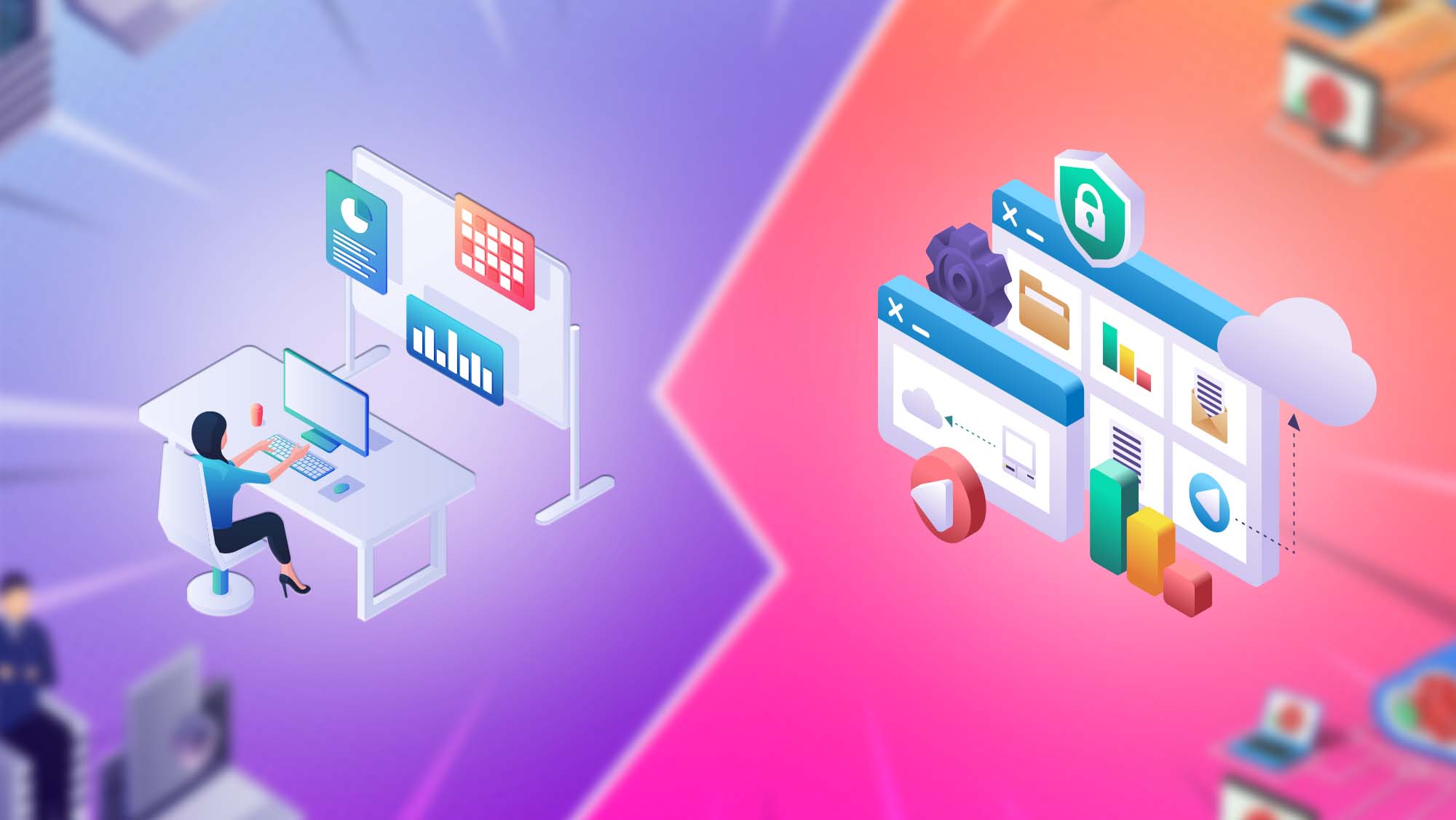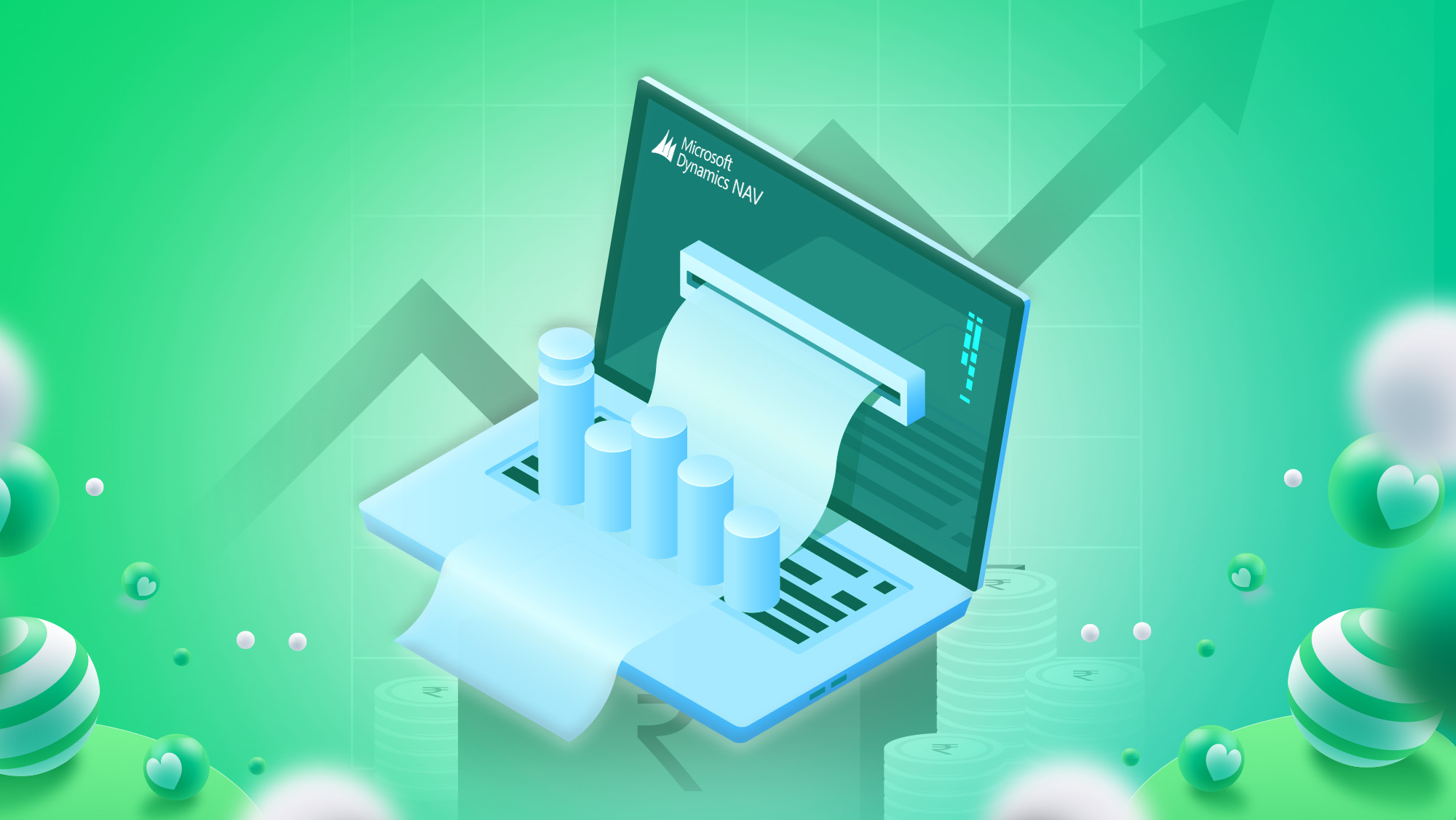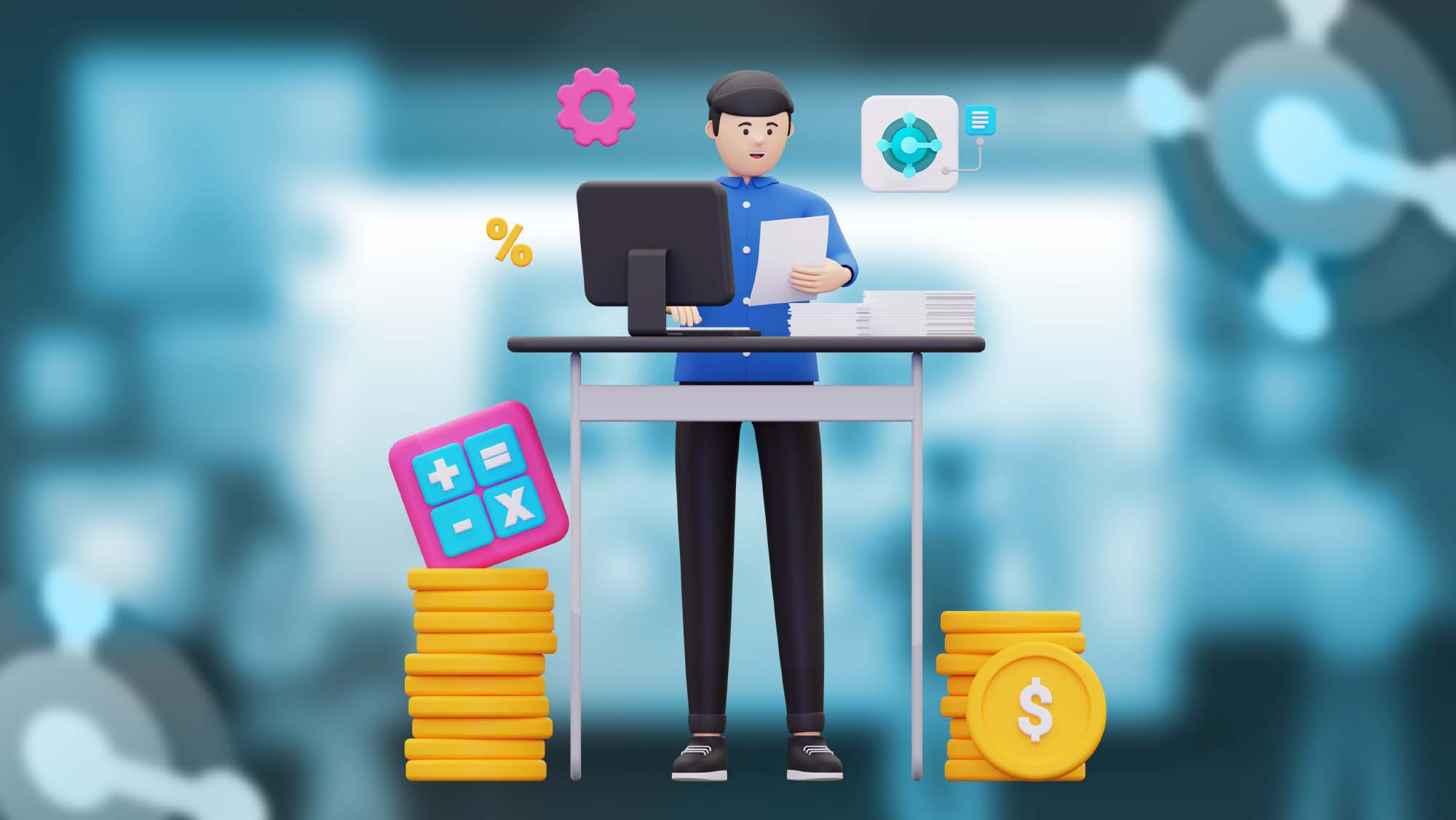Table of Content
Enterprise resource planning (ERP) solutions have been the backbone of businesses for a long time. On-premise ERP systems enabled businesses to not only manage their resources but also the overall business operations.
Cloud computing, though brought with it a paradigm shift with most of the on-premise solutions, including ERP, migrating to the Cloud. That said, it is often debatable what Cloud ERP solutions bring to the table. This is because on-premise and cloud-based ERP solutions are significantly different. They both outscore each other in some aspects.
If you are contemplating moving to the Cloud from an on-premise ERP system, this blog post will be of great help, as we are highlighting the unique features of both the ERP systems, which can help you whether or not to make the move.
Definition
On-Premise ERP
On-premise ERP software runs with a genuinely purchased license for every user. It is then installed on the company’s server and is accessible by all the users. The software license is mostly a one-time, upfront purchase, but adding modules means extra costs. On-premise ERP systems also include maintenance and support cost, which is paid annually to the vendor for support, upgrades and so on.
Cloud ERP
Cloud ERP is a subscription-based service. Just like every other Cloud software service, the software isn’t installed on your system but the users can access it from anywhere through any device connected to the internet. And just like the application, the data is also stored in the cloud.
Challenges
On-Premise ERP
The cost of implementing and routine hardware upgrade and maintenance add to the cost of an initial license, which makes on-premise ERP costly in the long run.
While an on-premise ERP system gives you total control over the data, you also have to shoulder the responsibility of maintaining the security and integrity of that data. Additionally, you will need to regularly check for system updates and instruct your IT team to implement those updates as soon as they are available.
While Cloud ERP evolves to accommodate new industry trends, on-premise ERP remains stagnant unless you take measures. This is because the upfront cost of on-premise ERP only includes a definite set of features and additional modules or features attract extra cost.
Cloud ERP
Cloud ERP is easier to implement than an on-premise ERP because it is comes preconfigured. This, however, means fewer customization opportunities and you may have to work with howsoever the system is.
Since a Cloud ERP is hosted by another company, you may not have the same transparency around data. Although there are reputable and reliable Cloud ERP providers, there’s an air of apprehension about trusting a third-party with your confidential data.
Mobility enables your employees to access the Cloud ERP from any device, anywhere until they have a consistent internet connection. However, poor internet connectivity can not only prevent users from logging on and working but also hamper productivity.
Benefits
On-Premise ERP
Since all the enterprise data is stored locally on the company’s hardware, your IT team can monitor it more closely for operational changes and other concerns. Also, it prevents third-party from accessing sensitive information.
On-premise ERP system gives you complete control over the storage location of the data along with the accessibility rights. This means the sensitive data, including employee and consumer information, is safe. You also have the freedom to deploy updates and upgrades, reducing the risk of unanticipated downtime.
Integrating and hosting on-premise ERP into your businesses’ IT infrastructure gives you more options to customize it and incorporate tailored modules into your business’ operations.
Being stored on physical IT infrastructure, on-premise ERP systems are independent of the internet, ensuring smooth operations even during system downtime or internet outage.
The upfront license cost of an on-premise ERP is steep, but it could be more cost-effective for a large-scale organization when compared with Cloud ERPs per-user subscription pricing. However, achieving the true cost efficiency of an on-premise ERP from a licensing and maintenance perspective can take three to five years.
You get the flexibility of making business decisions, such as implementation, upgrade, etc. of new technology.
Cloud ERP
Cloud ERP extends all the functionalities that you get with an on-premise ERP but at a lower cost, as it eliminates the need to maintain and regularly update expensive hardware.
It is a common misconception that on-premise ERP systems are more secure than cloud ERPs. Cloud ERP service providers ensure enterprise-level security, privacy, and compliance with their systems. In fact, the security investments that a service provider can make, far exceed what an organization can do.
Cloud ERP is flexible and scalable. So, when you gradually add business processes and expand your footprints in the market, the system also evolves.
Cloud ERP offers easy and intuitive UI. It also helps streamline business operations and accentuates the collaboration between users, all of which improve business performance.
Cloud ERPs are accessible across devices, regardless of the screen size. The mobile-friendly interface ensures a seamless user experience while enabling connectivity on the go.
Cloud ERP empowers your employees to log into the ERP system and access data anytime, anywhere. This helps them to maintain strong customer relationships and convert potential leads into customers.
Cloud ERP frees you from the hassles and costs associated with system updates. The Microsoft Dynamics service provider does that for you while you capitalize on the latest ERP innovations for the digital transformation of your organization.
Closing Line
As we see both Cloud and on-premise ERP systems have their share of challenges and benefits. Therefore, it all boils down to your business requirement when contemplating to upgrade to the Cloud ERP system. Several trustworthy Cloud ERP Service Providers in the market can help you with the migration. They employ modern tools and technologies to ensure the authenticity and integrity of confidential data. This means you no longer will have to be worried about the ERP system and rather focus on other crucial business operations.

Witness a scalable transformation
Experience real-time synchronisation and flexibility with a consistent view across your business.
Disclaimer– “All data and information provided on this blog is for informational purposes only. Dynamics Square / MPG Business Information Systems Pvt. Ltd. makes no representations as to accuracy, completeness, currentness, suitability, or validity of any information on this site and will not be liable for any errors, omissions, or delays in this information or any losses, injuries, or damages arising from its display or use.”













